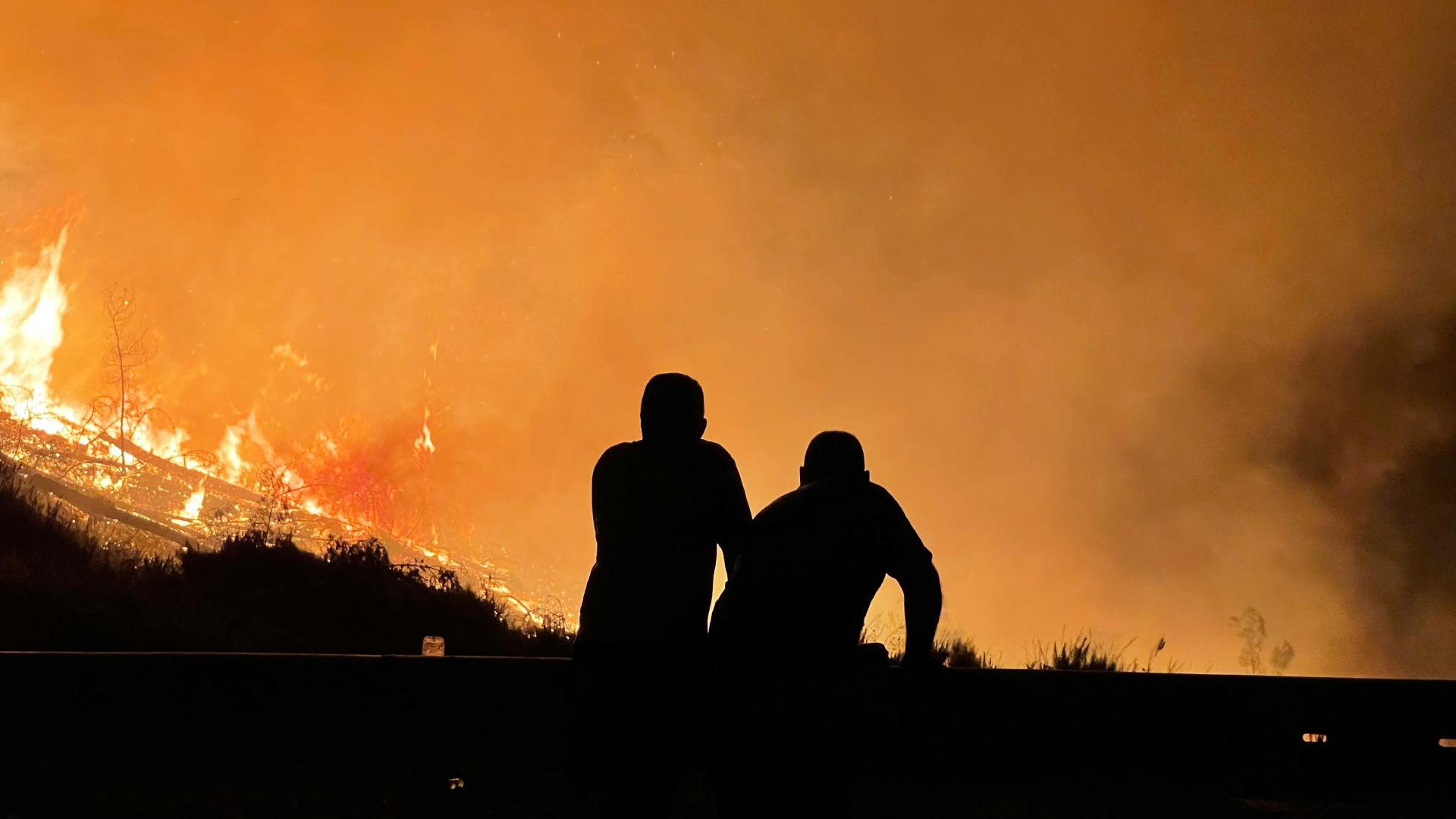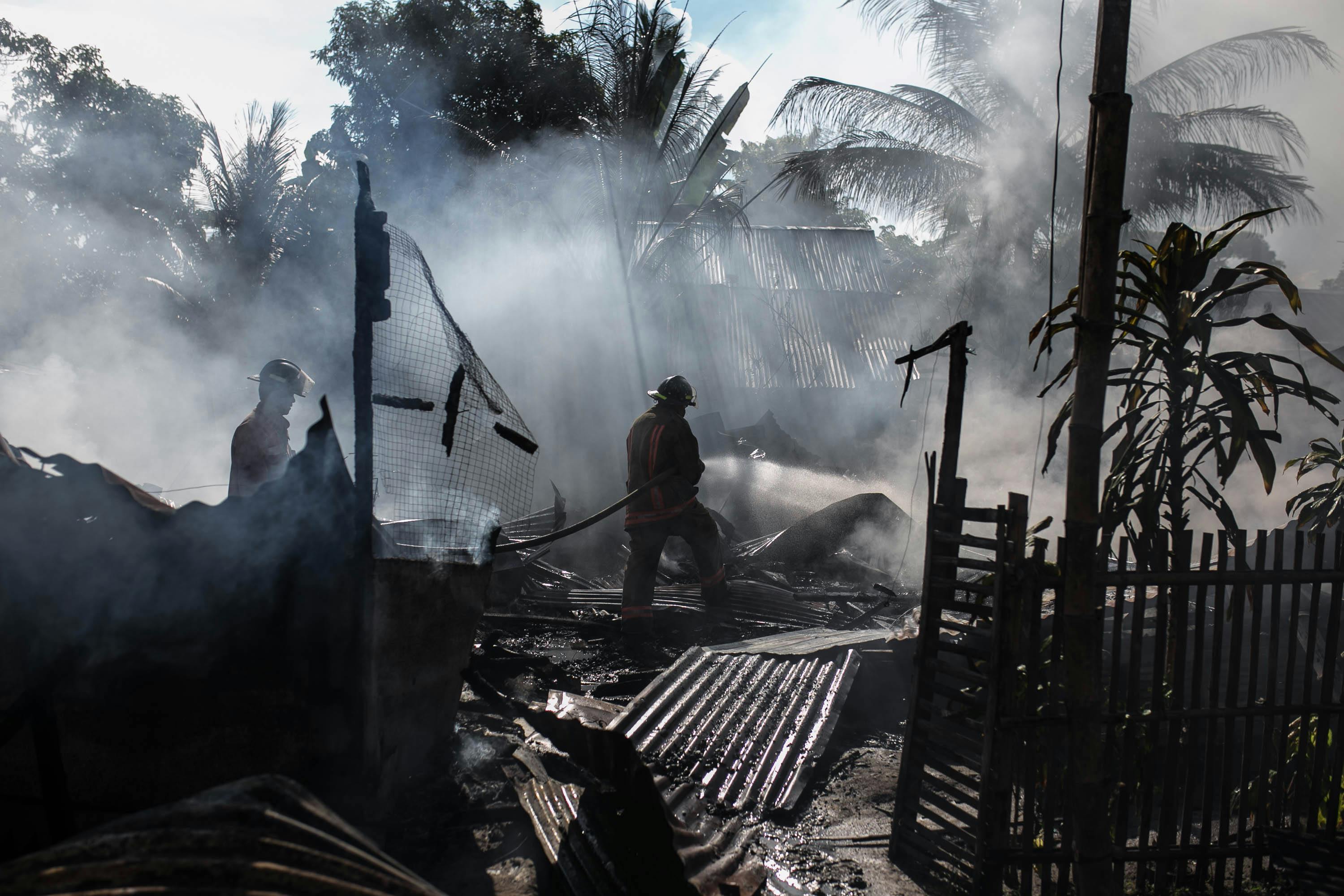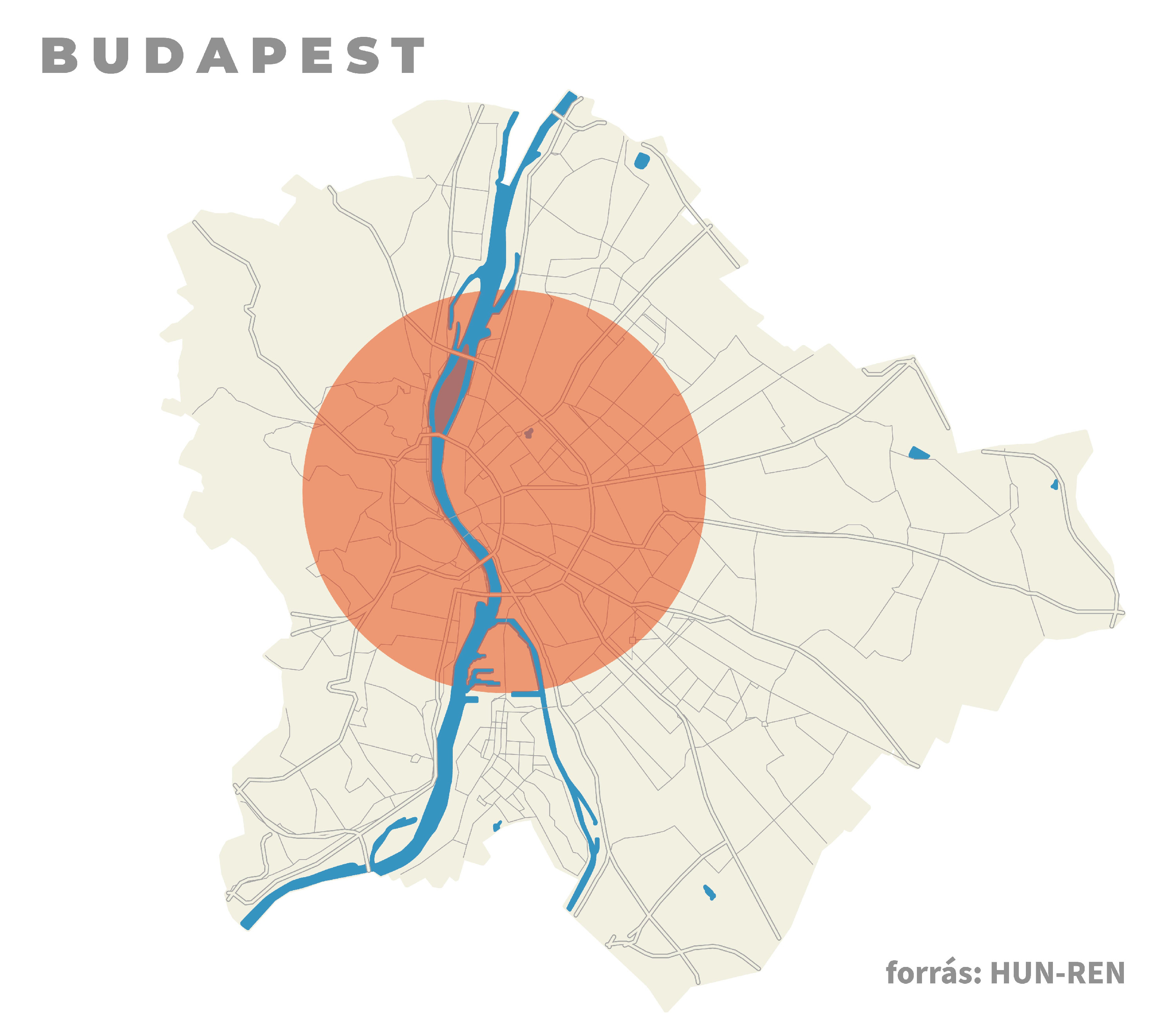Los Angeles wildfire: it will take years for nature to regenerate, but it will never be the same as it was before
For weeks, wildfires raged on more than 160 square kilometers of the Los Angeles area in California, and they have still not been fully extinguished. The massive fire claimed several lives, and the flames caused significant damage to numerous residential properties and the ecosystem. What is happening now to the wildlife in the affected areas, how long will it take for the environment to recover, what measures are essential to avoid similar destruction in the area in the future, and what tasks lie ahead for ecologists in Los Angeles? We discussed the most important questions with Orsolya Valkó, leader of the ‘Lendület’ Vegetation and Seed Bank Dynamics Research Group at the Institute of Ecology and Botany of the HUN-REN Centre for Ecological Research.
According to reports, more than 10,000 properties were destroyed in the Los Angeles wildfire, and over 150,000 people were forced to leave their homes. In addition to the significant destruction on the "surface," extensive damage was also inflicted on the local ecosystem. Although this is not the first major wildfire in recent years to cause devastation in California, the 2025 incident is considered particularly large both in terms of its extent and likely its impact.

Although the fires have not been extinguished in all areas, relevant authorities must begin addressing restoration efforts right away. It is important to highlight, as ecologists also emphasize, that wildfires have always been a part of terrestrial ecosystems. "Fundamentally, the presence of wildfires somewhere is not, in itself, a catastrophe for wildlife," Orsolya Valkó stresses. Different areas and local communities have adapted to wildfires in various ways, and in some places, it is quite natural for everything to burn down completely every few years.
"It's really important to recognize that this is a part of nature. However, the fact that the extent, intensity, and frequency of wildfires on Earth have changed is 100% attributable to human activities. This situation should be examined systematically, and the fundamental causes of this change should be addressed, not just the consequences," explains the researcher from the Centre for Ecological Research.
Fundamentally, California is a fire-adapted region, meaning wildfires occur relatively frequently - which in itself wouldn't necessarily be a problem. However, if a fire occurs in an area where something has disrupted the functioning of the natural ecosystem - usually also due to human activities - serious damage can be caused to the local wildlife and the environment.

In California, one of the problems is that it's a highly modified landscape, densely populated, and significantly impacted by climate change. Due to human activity, there are immense populations of invasive plant species and fewer natural habitats in the area. When these small habitat patches burn in a fire, animals have nowhere to escape, and plants face difficulties in regenerating. If a fire burns through an area that hosts the last remaining population of a plant or animal species, entire populations can be wiped out, explains the researcher.
In such situations, invasive species receive particular attention. For example, cheatgrass has proliferated in the area. It is a seemingly harmless grass species that is also found in Eurasia and Hungary. The problem with it, according to the researcher, is that it completes its life cycle quickly, producing seeds by mid-June, and subsequently creates a large, dry, flammable biomass. In a dry region, this understandably poses an additional fire hazard and can easily ignite. Moreover, invasive species, including cheatgrass, are typically more resilient, better at surviving, and capable of thriving and spreading even after a major fire.
Fires can occur anywhere, but how they are managed is crucial
Persze ez a helyzet nemcsak Kaliforniában áll fenn, hanem a világ minden részén. Svédországban és Kanadában is voltak a közelmúltban pusztító tüzek, gyakorlatilag mindenhol erre fel kéne készülni – hangsúlyozza Valkó Orsolya. Hozzátette, jelenleg Magyarországon viszonylag ritkák a pusztító tüzek, és néhány évtized vagy évszázad kell ahhoz, hogy egy adott területen természetes módon kialakuljon egy tűz. A megelőzés, felkészülés azonban minden területen fontos.
Of course, this situation is not limited to California; it exists all over the world. There have been devastating wildfires in Sweden and Canada recently, and people need to be prepared for such events anywhere in the world, emphasizes Orsolya Valkó. She added that currently, Hungary experiences relatively few devastating fires, and it takes a few decades or centuries for a fire to naturally occur in a given area. However, prevention and preparation are important in every region.

Although wildfires are much less common in Hungary, we checked how Budapest would look if it were burning over a large area (160 square kilometers) like Los Angeles.
According to the ecologist, many preventive measures could be implemented to protect natural values, human lives, and property. "A lot can be done at different levels to prevent such a large-scale disaster from occurring. Unfortunately, in the event of such a massive disaster, firefighting faces technological and human limitations despite the availability of many helicopters," the researcher emphasizes, adding that prevention and preparation can be developed and introduced at the level of one's own garden, a city, a region or a country.
For example:
- deliberately burning down certain areas in a controlled manner to prevent the accumulation of flammable biomass can often prove effective
- when planning of agricultural landscapes, it may be beneficial to take into consideration the protective role that areas around cities and their functions may have a in such cases. (For instance, if an area is a pasture where animals regularly graze on the biomass, there is a lower chance of the fire reaching residential buildings.)
- urban planning should consider using less flammable materials in building construction, even at the level of individual houses. (In California, the destruction was exacerbated by the fact that many houses are made of wood.)
- it is important to plan urban greenery and plant species that do not ignite easily.
"Unfortunately, wildfires are most common in regions with the greatest water shortages, which adds yet another vicious cycle to this situation," says Orsolya Valkó. While more fires are being reported in various parts of California, including Los Angeles, experts already need to plan the rebuilding and restoration processes from an ecological perspective.
"The process usually begins with the reintroduction of plants, followed by animals. For plants, everything depends on the extent of the fire. Plants living in dry habitats are generally adapted to fire. For example, some plants can germinate very well from seeds in the soil or sprout from root and stem remnants after a fire,” explains the researcher.
Of course, if the native plants are not inherently so "resilient," experts need to actively assist them - through direct seeding or planting. Often, minimal soil addition may be necessary in the area, and measures must be taken to prevent soil erosion. After a fire, erosion can be a serious problem in the affected areas.
Among animals, those that are more mobile have an advantage: a bird can much more easily return to a suitable habitat than a flightless insect or a snail, explains the researcher. Often, the restoration of the entire ecosystem also needs to be actively supported at the animal level. However, even with assistance, restoration can take years.
"In 3-5 years, we can achieve results where we can say the process is off to a good start. But it might also be the case that the area will not return to its original state even over centuries," emphasizes Orsolya Valkó, highlighting the importance of time in this matter. Provided that it’s possible to restore the original state at all - sometimes hundreds of plant species, along with the animals associated with them, disappear from an area, resulting in a complete change of the area.
It's important to highlight that no matter how well a restoration process or the development of a preventive system is progressing, there is always a question of when another major wildfire might occur or when an invasive species might take hold, leaving no room for native plants.

